The Art of Travel
The Insider's Guide: An Art-Filled Trip to Denmark
From Zealand to Jutland and everything in between
When cultures become “viral,” they’re often repackaged as simplified, easy-to-digest versions of themselves. Exhibit A: Denmark. A decade ago, the country got press for having the happiest citizens (a phenomenon attributed to, of all things, low expectations). More recently, the Danish word “hygge” made the rounds; the term refers to a kind of social coziness, usually associated with knit blankets, mulled wine, and candlelit smiles.
But both concepts belie a more sophisticated, vibrant, hard-to-box-in society. A trip to Denmark is likely to undermine more stereotypes than it reinforces, shining light on a country that’s both thoroughly modern and firmly rooted in history. Though you’ll be tempted to spend your entire stay in Copenhagen—the city has more than enough to keep you busy—we’d urge you to see as much of Denmark as you can. For a country so centralized and small, its worthy destinations are surprisingly spread out. Its regions are also remarkably distinct. Though there are technically five, you’ll easily notice three on a map: Zealand (or Sjælland) in the east, home to Copenhagen; Jutland (or Jylland) in the west, which is much larger; and Funen (or Fyn) in the middle, which is often grouped in with Jutland.
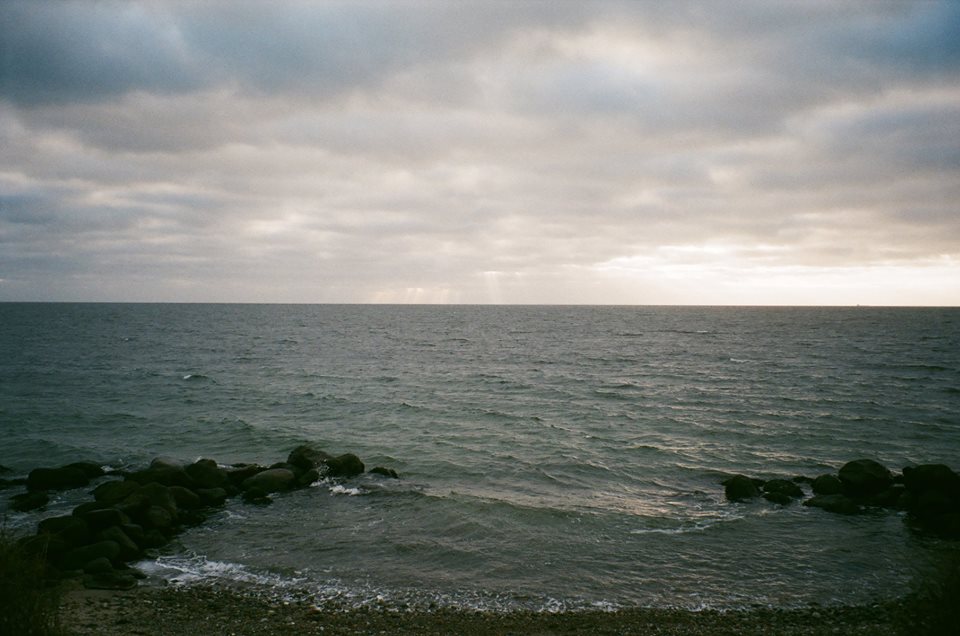
The country is intensely drivable. Nowhere in Denmark is more than 50 kilometers from the coast. A trip across the country, from Copenhagen to Skagen, on the northern tip of Jutland (more on that later), will take only five hours. Most of the time you’ll find yourself driving through sodden fields, barren landscapes, and small historical hamlets. And if you’re not the driving type (or want to save a few dollars), trains are relatively cheap, easy, clean, and timely.
Where to stay
Our recommendation is Airbnb, through and through. Denmark is known for its design and architecture, and these talents are most on display in domestic settings. Danes are willing to spend on interior design, and in predictable ways; many classic Danish apartments mirror each other. You should start by looking for a PH-lamp, a fixture (no pun intended) invented by the writer and designer Poul Henningsen.

In cities like Copenhagen, apartment buildings have been around for centuries. They’ve been renovated, of course, but still boast their hallmark courtyards, spacious parlors, and minimalist aesthetic—just like those you’ll find in the works of Vilhelm Hammershøi. Be warned though: The bathrooms are often tiny. This is common in old buildings, a throwback to the days of communal restrooms. (Fun fact: Many of Denmark’s small apartment bathrooms are usually just repurposed closets.)
Copenhagen
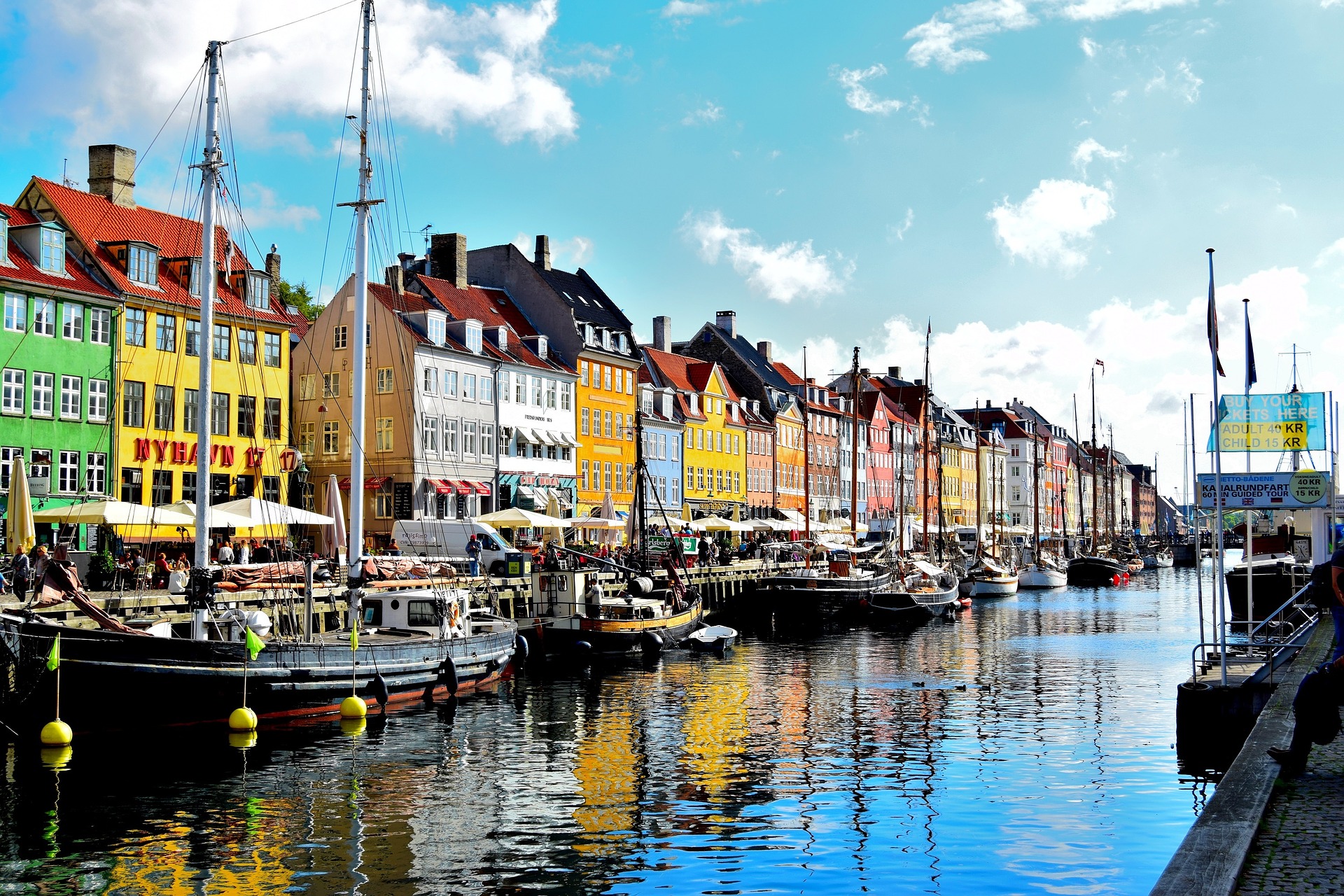
You’ll fly into Copenhagen, so why not start the trip there? The golden rule for this city—like any major city in the world, really—is to choose which tourist traps you’re willing to fall prey to. Avoid: Strøget, a long walking street in the center of Copenhagen full of the same retailers you’ll find in any major European city; the The Little Mermaid statue, which is out of the way and underwhelming; and Nyhavn, the strip of waterside restaurants in the southeast. If you can’t avoid Nyhavn, you’re forgiven; it’s a classic scene that will doubtlessly make for a great Instagram post. The tourist trap you’re encouraged to make is Tivoli Gardens, the second-oldest amusement park in the world. How often can you ride a roller coaster in the heart of a major city? And on the Star Flyer, you’ll find yourself lifted 80 meters in the air, with one heck of a view of Copenhagen. (One note: Tivoli isn’t open all year, so be sure to check beforehand.)
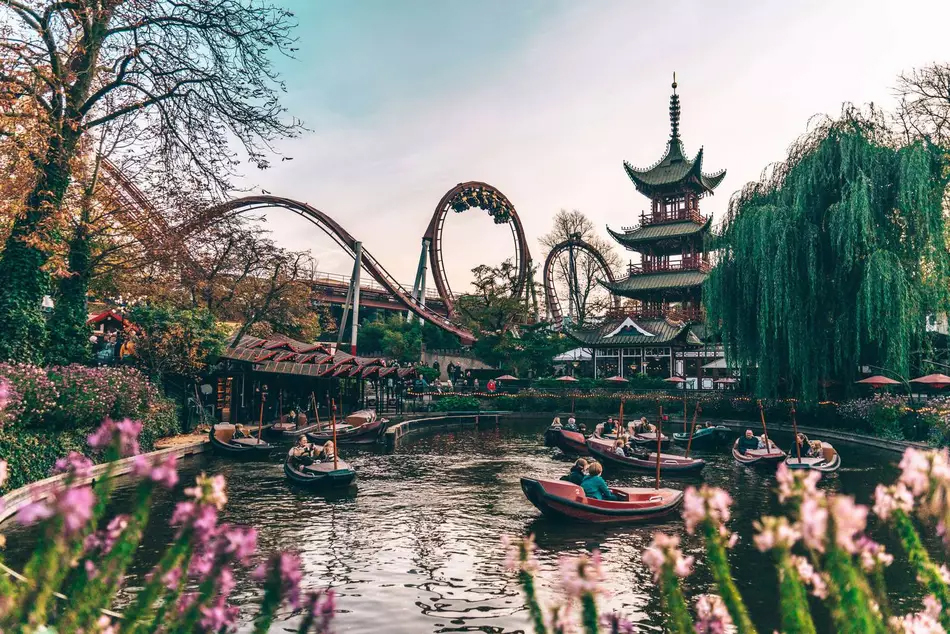
Right outside of Tivoli is also where you’ll find our first art destination: Ny Carlsberg Glyptotek, a breathtaking museum that houses an astonishing collection of French Impressionists and Danish Golden Age painters, including Christoffer Wilhelm Eckersberg and Christen Købke on the Danish side and Monet, Van Gogh, Gauguin, and a million others elsewhere. In case you guessed it: Yes, this is the same Carlsberg as the beer; the museum is based on the collection of Carl Jacobsen, the brewery’s founder.
Other museums to see include ARKEN (southwest of Copenhagen; you’ll need to take a train), which houses a (occasionally uneven) collection of both contemporary and classic work; Thorvaldsen Museum, which is focused on just one artist, Bertel Thorvaldsen; and Statens Museum for Kunst, the Danish national gallery, a collection which boasts over 250,000 works. If you have the time (or appetite) for just one museum in Copenhagen, this is the one. Budget enough of an afternoon to wander aimlessly. You’ll find yourself immersed in a testament to how continental the major art movements of the past few centuries were. You’ll see work from all over Europe but also lesser-known Danish artists who made the styles of the day their own.
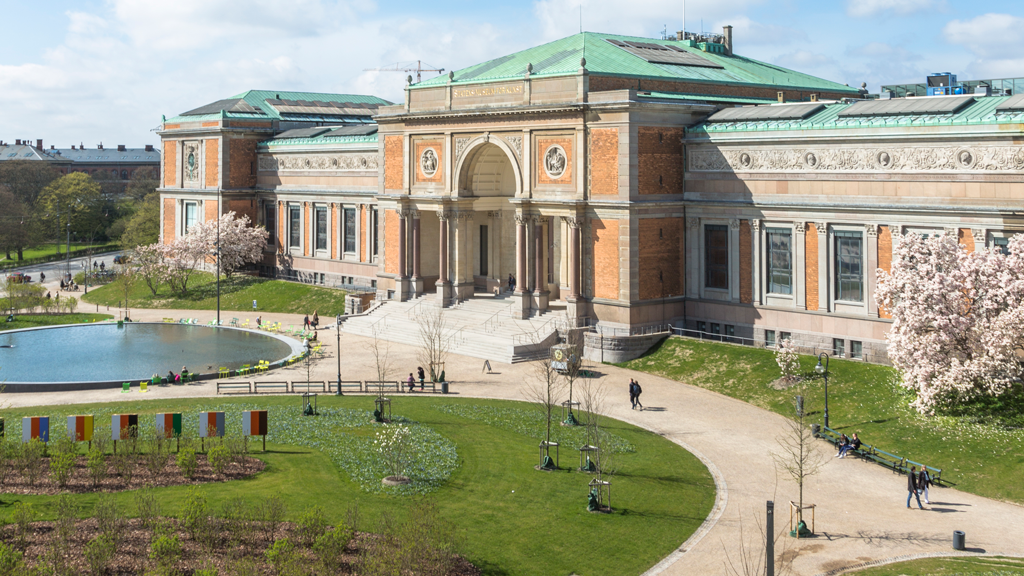
In your off-hours, walk around Nørrebro (one of the hipper, more diverse neighborhoods in a largely homogenous country), eating cheap kebab; check out modern architecture in Ørestaden and Københavns Politigård; and swim—no matter the season. In the summer, you should feel free to find your closest body of water and jump in. All right, maybe do a bit of research, but most of the lakes in the city are swimmable and clean. (Also, avoid the shallower ones, which are usually inhabited by swans, who can be majestic but also prolific waste producers.) In the winter, if you’re up for it and without a heart condition, try winterbathing. This consists of swimming in an outdoor pool, going into a sauna, and then repeating the process as much as your vascular system can take. It sounds painful—and it is! But it’s also exhilarating. (Note: Some clubs may require membership. Check beforehand.)
Finally, Copenhagen is chock-full of world-renowned restaurants. Whether you go to one of the fine dining hot spots (or even manage to get reservations) is up to you. But whatever you do—in Copenhagen and elsewhere—try smørrebrød, a broad category of open-faced sandwiches using dense rye bread as a base.
Louisiana
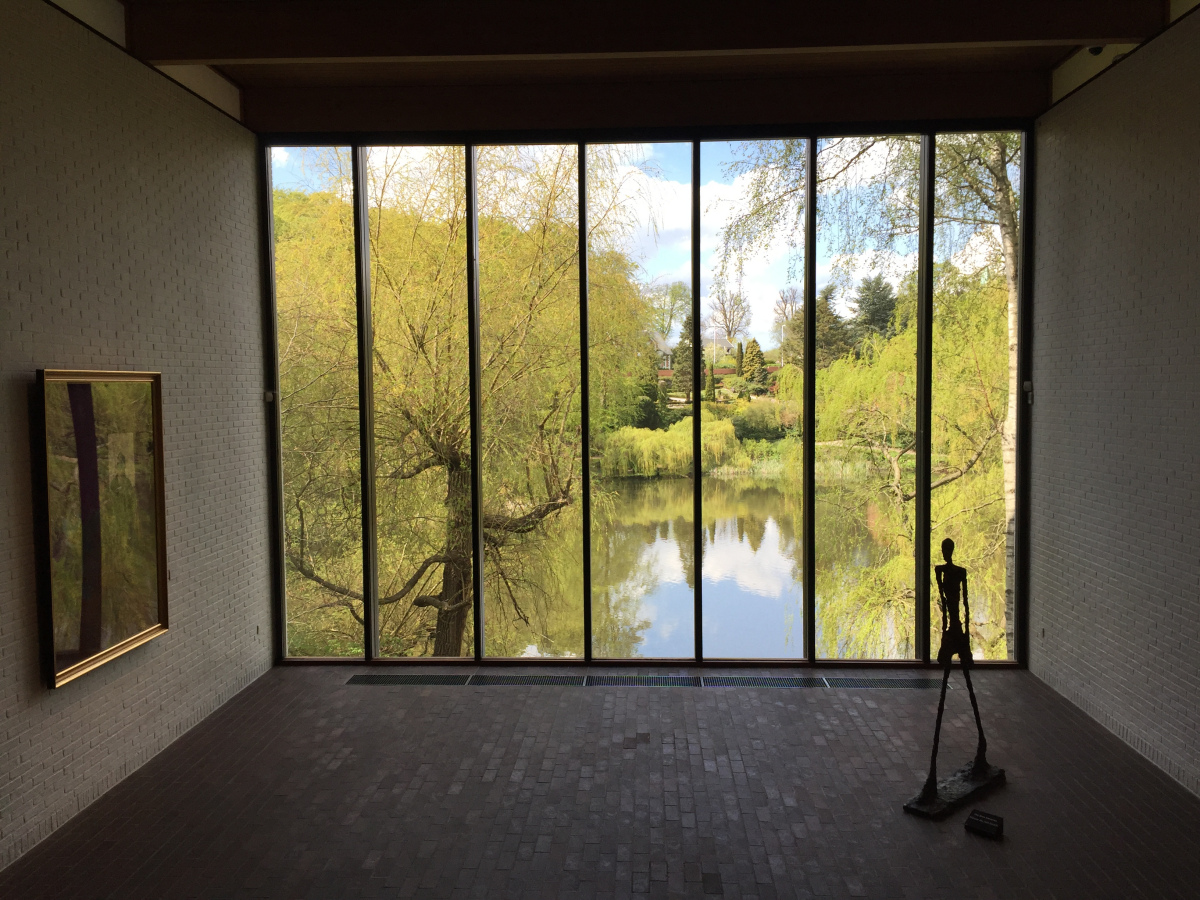
Some of the best things in life are an hour-long train ride away. This is the case with Louisiana. Not that Louisiana—the only bayou this destination has is bayou-ti-ful art. In fact, Louisiana is Denmark’s most popular art museum. Besides a few Monet exhibitions here and there, the museum’s focus is modern and contemporary work. If you do go, make a day trip out of it; the experience here cannot be rushed. Within picturesque environs, you’ll find post–World War II work by Warhol, Picasso, Hockney, and more and some transcendent, surreal sculptures in a garden dedicated to the form. There you’ll find Louise Bourgeois, Joan Miró, and Alexander Calder, among others.
If you want to stuff in as many memories as possible, you might spend your vacation elsewhere. But for an experience you’ll find yourself returning to years in the future, Louisiana is worth your every minute.
We should also note that Louisiana is close to Dyrehaven, home to a deer-filled forest as well as Bakken, the oldest amusement park in the world (opened in 1583).
Roskilde
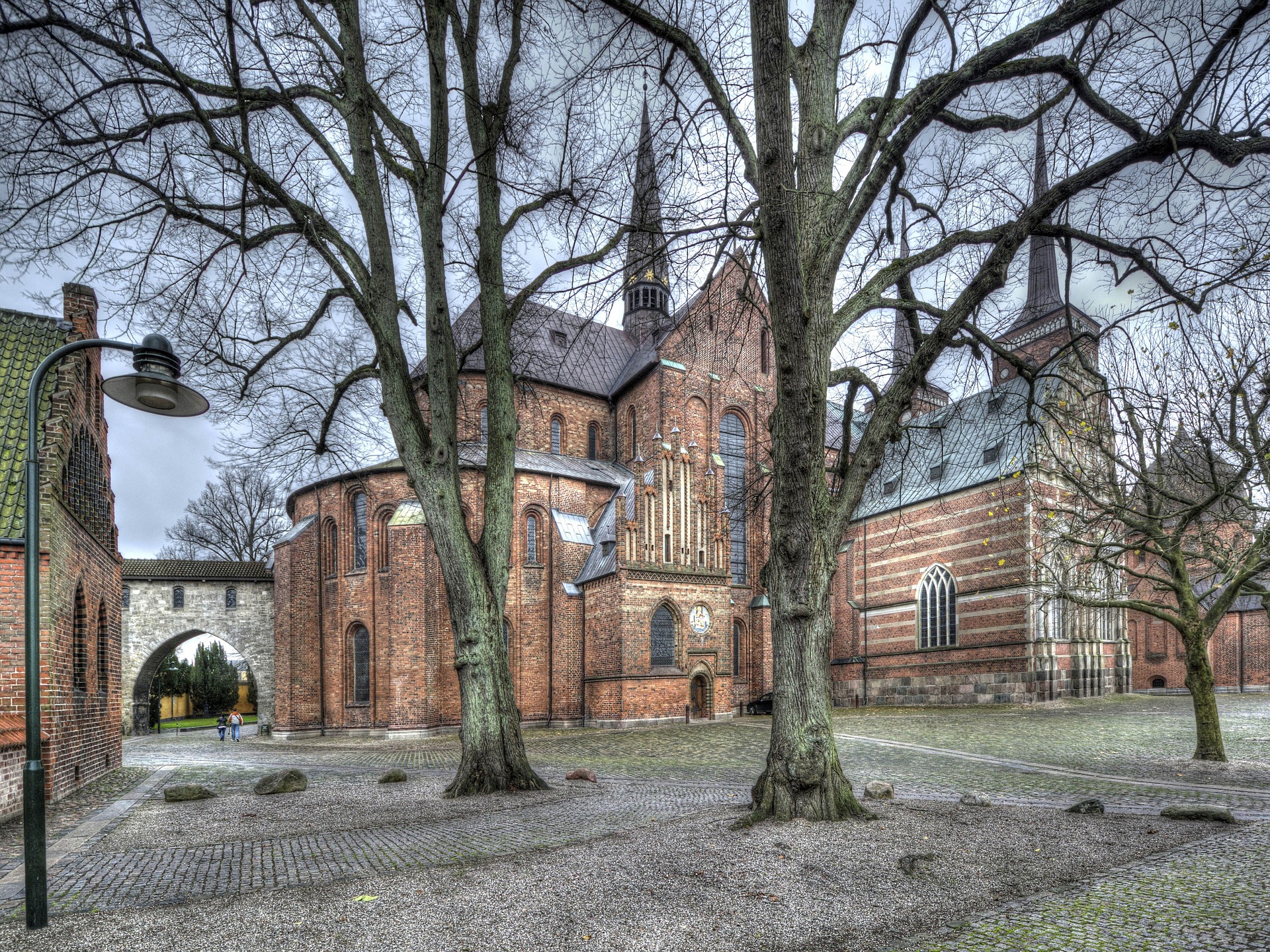
If you’re under 35 or an avid music fan, you might know Roskilde from the annual Roskilde Festival, one of the largest European music events. If you’re over 50 or a history buff, you might associate Roskilde with the vikings. More than 1000 years ago, Roskilde was a key hub for the Scandinavian Norsemen. It even became one of the most important cities in Scandinavia—up until the Reformation, when wars devastated the city and commerce moved elsewhere. It’s because of its historical roots that Roskilde is still something of a time capsule. Together with the Viking Ship Museum, the Roskilde Cathedral attracts over 100,000 visitors a year. (If this doesn’t seem like much, keep in mind that Denmark is a country of only six million.) The town itself is a mix of ancient and modern, a business center built on top of hallowed grounds.

- Click to Add to playlist
- Click to Favorite
This isn’t to say there isn’t an interesting history between the time of vikings and today. Through the centuries, Roskilde remained one of the biggest cities in the country and laid claim to some of its most fundamental culture producers. Lise Nørgaard, for example, wrote the much adored Danish TV series Matador. The painter Laurits Andersen Ring (known as L.A. Ring) also called Roskilde home. His depictions of rural Denmark at the turn of the century are not only supernaturally vivid, but they’re also a beautiful homage to a way of life he saw disappearing during the industrial revolution.
If vikings aren’t your thing, maybe skipping Roskilde is for the best. After all, there’s so much more to see.
Aarhus
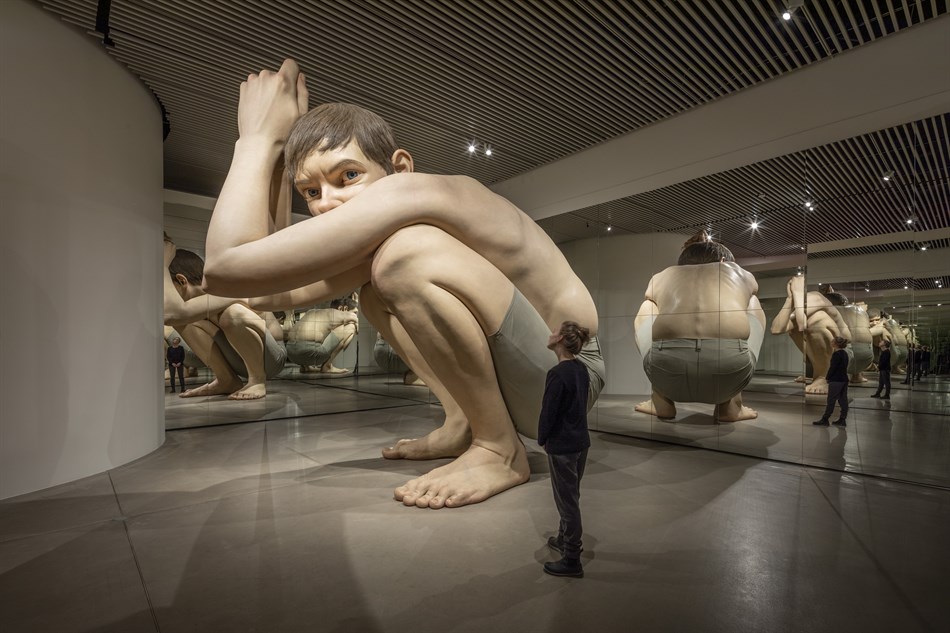
Aarhus is Denmark’s second city and, oddly enough, the “city of smiles.” Like Roskilde, Aarhus also claims viking roots; it was established in the 8th century as a fortified settlement. But today it resembles Copenhagen (at least to foreign eyes): a thoroughly modern city projected onto timeworn land and landmarks. Take the vibrant Latinerkvarteret (Latin Quarter), the oldest section of the town that (unlike the “historic district” of other cities) still fosters earnest human exchange. You’ll find worthwhile restaurants, bakeries, bars, cafes, and more.
If you didn’t fill your nightlife quota in Copenhagen, Aarhus is your spot. It’s full of dive bars, which are notably not monopolized by the young. You’ll find people of all ages, many of them smoking indoors, a few rougher for the wear. Go in, make yourself at home (assuming secondhand smoke isn’t a big turnoff) and order an “Aarhus Set,” the hometown special: one Ceres Top beer (Ceres is a Brewery in Aarhus) and a shot of Arnbitter (a bitter that tastes like no other, with saffron, ginger, licorice, and more).
When you’ve settled in—or slept off the Aarhus Set hangover—make your way to the ARoS Aarhus Art Museum, the oldest public art museum outside of Copenhagen. Don’t let its age fool you, the institution has its finger on the pulse of contemporary, interactive, and digital art. Before you plan your trip, see what’s on exhibit and plan around that. Which isn’t to say that its permanent collection is anything to sneeze at. Though you may have seen it online, Ron Mueck’s Boy is an in-person must-see. The museum also features a winding inner staircase that fans of the Guggenheim may find familiar.
Skagen

Skagen is as out of the way as you can get in Denmark—the very northern tip of Jutland—which isn’t to say the trip won’t be worth your while. En route you’ll experience the heart of Jutland, which is a lot like the heart of America: rural, slower, and without as many frills as those city folk. You may find slightly fewer English speakers (which is really saying something; most of Denmark is surprisingly fluent) and a dearth of attractions built for tourists, but that’s not to say that there isn’t culture—the Frederikshavn Kunstmuseum is a great example.
The Skagen landscape offers a startingly diverse panoply of alluring natural forms—not to mention the fauna. In fact, Skagen is home to 78% of the bird species found in the country. All this explains how such a small town (the current population is ~ 8,000) became home to one of the country’s most noteworthy movements: the Skagen painters, a group of en plein air painters who combined French Impressionism with Realism and the Barbizon school. Between the 1870s and the 1910s, the Skagen painters—consisting of Anna and Michael Ancher, Peder Severin Krøyer, Laurits Tuxen, and others—produced disarming interiors and landscapes (including one of our favorites, Hunters on the Moor North of Skagen by Adrian Stokes). You’ll find some of their best work at The Skagen Museum, naturally. Along with the Ancher House and other Skagen painter-associated landmarks, the museum is the reason such a small distant town attracts over two million visitors a year.
Unlike the major European art powerhouses—like England, France, Germany, Italy, and Spain—Danish art feels more manageable. But the more of it you experience, the easier it is to see how deceptive that idea is. For such a small country, Denmark has been home to a miraculously diverse group of artists who, in many ways, served as a microcosm for the world of art around them. This thrilling history, along with bountiful, unusual attractions, makes Denmark a country you’ll want to return to.


